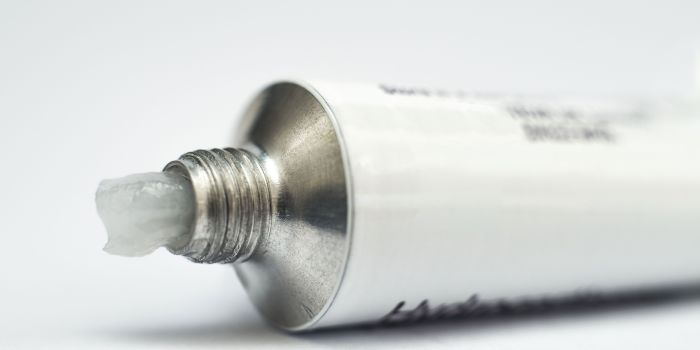Ointments pastes and pomades are – As ointments, pastes, and pomades take center stage in the realm of topical treatments, this comprehensive guide delves into their distinct characteristics, diverse applications, and essential considerations, providing a wealth of knowledge for healthcare professionals, skincare enthusiasts, and anyone seeking a deeper understanding of these versatile formulations.
From their unique compositions and advantages to their multifaceted uses in wound care, skin rejuvenation, and hair styling, this guide unravels the intricacies of these topical preparations, empowering readers with the knowledge to make informed choices and optimize their skincare routines.
Ointments, Pastes, and Pomades: Definitions and Properties
Ointments, pastes, and pomades are topical dosage forms that differ in their composition and consistency. Ointments are semi-solid preparations consisting of a greasy base and one or more active ingredients. Pastes are thicker and stiffer than ointments, containing a higher proportion of solids.
Pomades are similar to ointments but are thicker and more viscous, typically used for hair styling.
Advantages and Disadvantages
- Ointments:Emollient, occlusive, protective, can be absorbed through the skin.
- Pastes:Adherent, protective, can be used on moist or weeping wounds.
- Pomades:Styling and grooming, can provide shine and hold.
Applications and Uses
Medical Applications
- Ointments:Emollients for dry skin, anti-inflammatories for skin conditions, antibiotics for infections.
- Pastes:Antiseptics for wounds, protectants for rashes, antifungal creams.
- Pomades:Not typically used for medical purposes.
Cosmetic Applications, Ointments pastes and pomades are
- Ointments:Moisturizers, anti-aging creams, makeup removers.
- Pastes:Hair removal creams, facial masks.
- Pomades:Hair styling, providing shine and hold.
Ingredients and Formulations
Key ingredients in ointments, pastes, and pomades include:
- Emollients:Soften and smooth the skin (e.g., petrolatum, lanolin).
- Humectants:Draw moisture to the skin (e.g., glycerin, hyaluronic acid).
- Antiseptics:Kill or inhibit bacteria (e.g., chlorhexidine, benzalkonium chloride).
The choice of ingredients depends on the desired application and the specific skin condition being treated.
Manufacturing and Production: Ointments Pastes And Pomades Are
Manufacturing processes involve:
- Mixing the ingredients together.
- Heating and cooling the mixture to achieve the desired consistency.
- Filling the product into containers.
Quality control measures ensure the safety and efficacy of the products.
Packaging and Storage

Proper packaging is crucial to maintain the integrity of the product.
- Ointments:Tubes, jars, or pumps.
- Pastes:Tubes or jars.
- Pomades:Jars or tins.
Storage conditions vary depending on the product, but generally involve cool and dry environments.
Market Analysis

The global market for ointments, pastes, and pomades is vast and growing.
- Major trends:Increasing demand for natural and organic products, personalized skincare.
- Key market segments:Dermatological conditions, cosmetics, hair care.
Regulatory Considerations
Regulatory agencies ensure the safety and efficacy of these products.
- FDA (US):Approves and regulates the manufacture and sale of over-the-counter and prescription ointments, pastes, and pomades.
- EMA (Europe):Regulates the marketing and distribution of medicinal products, including topical dosage forms.
Future Developments and Innovations
Emerging trends include:
- Nanotechnology:Improved drug delivery and targeting.
- Personalized medicine:Products tailored to individual needs.
- Sustainability:Environmentally friendly ingredients and packaging.
Essential Questionnaire
What are the key differences between ointments, pastes, and pomades?
Ointments are semi-solid preparations with a greasy base, pastes are thicker and stiffer with a higher proportion of solids, while pomades are wax-based and typically used for hair styling.
What are some common ingredients found in ointments, pastes, and pomades?
Emollients (e.g., petrolatum, lanolin), humectants (e.g., glycerin, hyaluronic acid), and antiseptics (e.g., benzalkonium chloride, chlorhexidine) are commonly used ingredients.
How should ointments, pastes, and pomades be stored?
Store these products in a cool, dry place, away from direct sunlight and heat. Follow the specific storage instructions on the product label.